David Cameron promised to take in 20,000 Syrian refugees. What have the Tories actually delivered?
The Government made the pledge a year ago
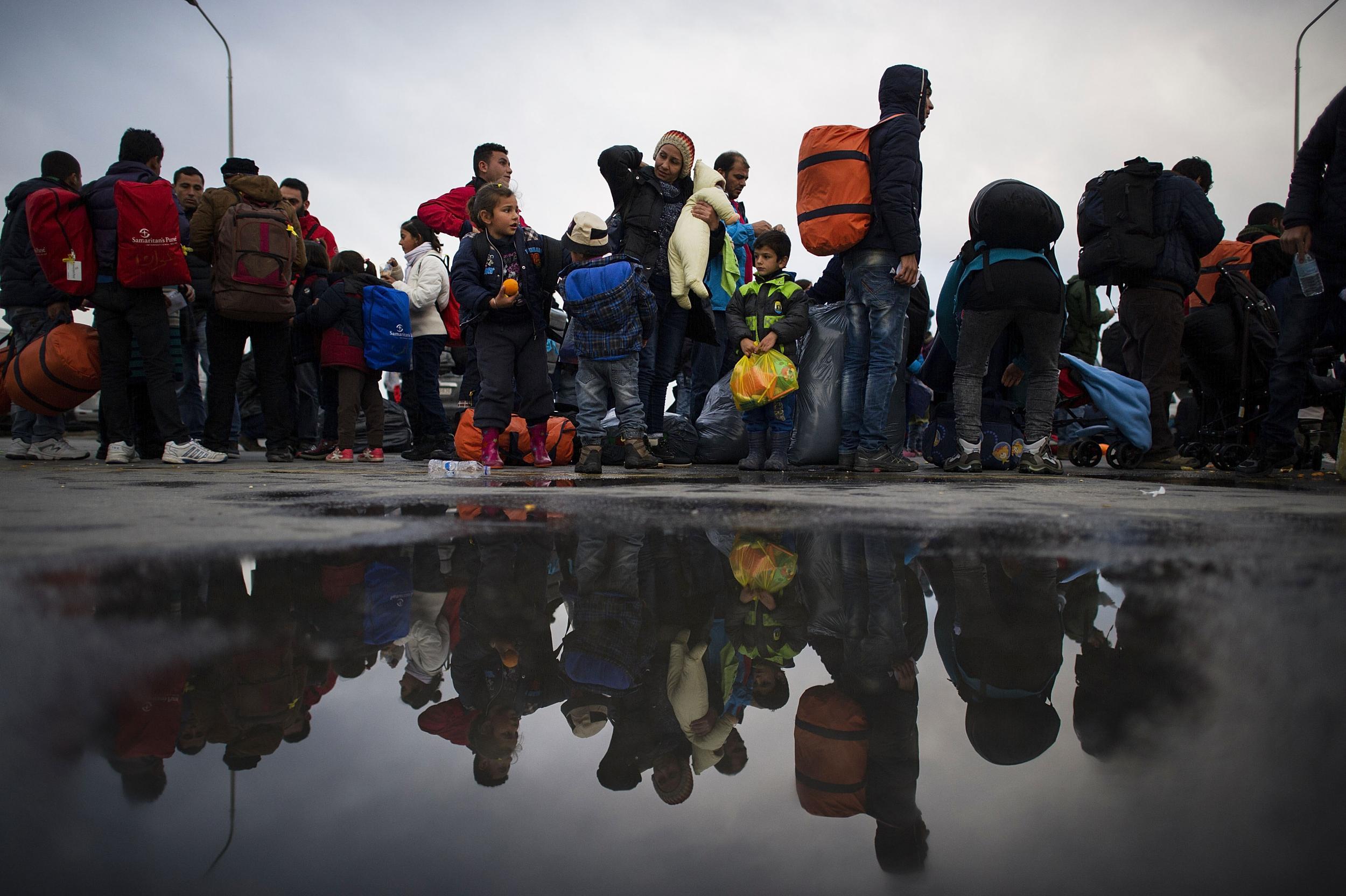
A year ago, the image of Alan Kurdi's body on a Turkish beach prompted promises that action must be taken to ensure such shocking scenes weren't repeated.
The Independent's petition urging the government to take in more refugees was signed by nearly 400,000 people within a few days. The groundswell of public opinion demanded David Cameron's Government act and, eventually, the Prime Minister promised to take 20,000 Syrian refugees.
So, how close is Britain to meeting its commitment?
What did Government promise?
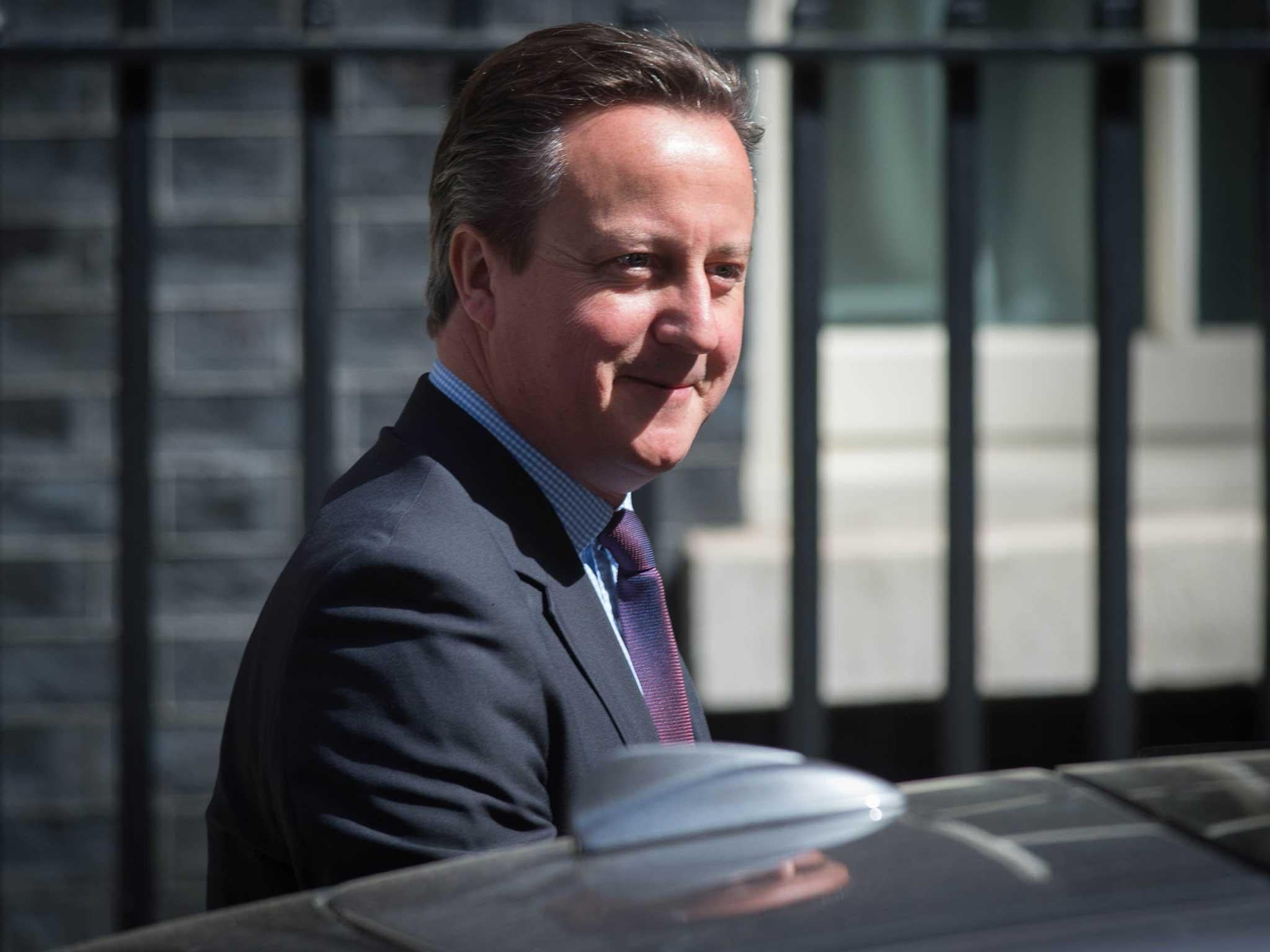
On 7 September last year, the UK Government promised to take 20,000 refugees from Syria by 2020.
Notably, all these refugees will be drawn from camps near the conflict zone: unlike some other countries, Britain is refusing to take any refugees who have already travelled to Europe on their own accord.
On 4 May, this year ministers later added a second component to their pledge: they would take 3,000 unaccompanied child refugees from the Middle East and North Africa by 2020. This is roughly 700 a year.
How does this compare with other European countries?
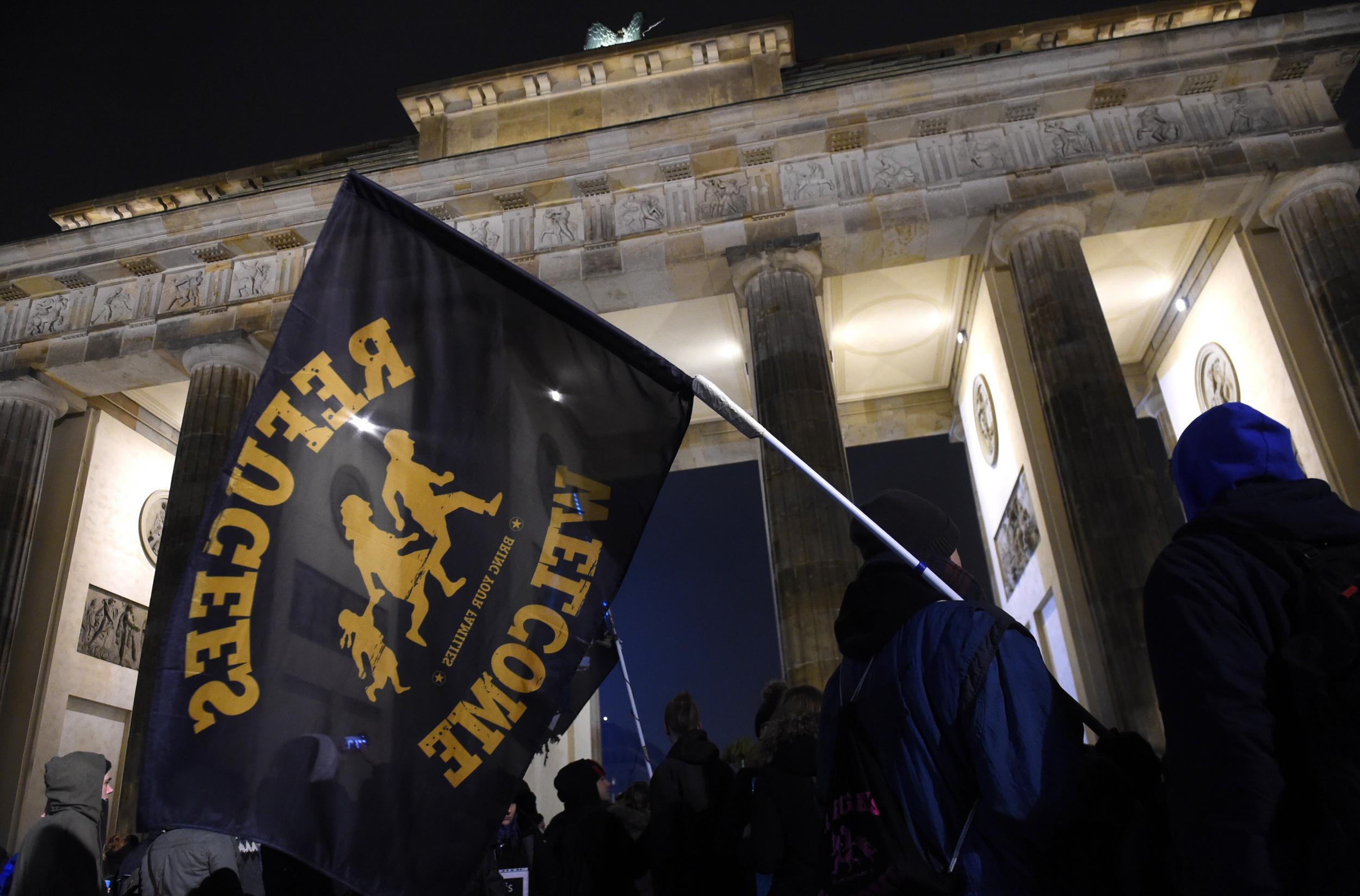
Britain’s contribution has been modest compared to other countries. Germany’s federal office for migrants said last week it expects to take in 300,000 refugees in 2016. This equates to 75 times as many as the UK each year.
France has pledged to accept 30,000 refugees over the next two years, so 15,000 a year – three times the rate of the UK.
Sweden took 163,000 applications for asylum in the last year, most of them refugees who travelled to Europe on their own accord. This is despite Sweden having a population almost seven times smaller than Britain’s.
The UK Government points out that the UK is one of the biggest contributors of direct aid spending to Syria and its surrounding region.
What’s the background to Cameron's pledge?
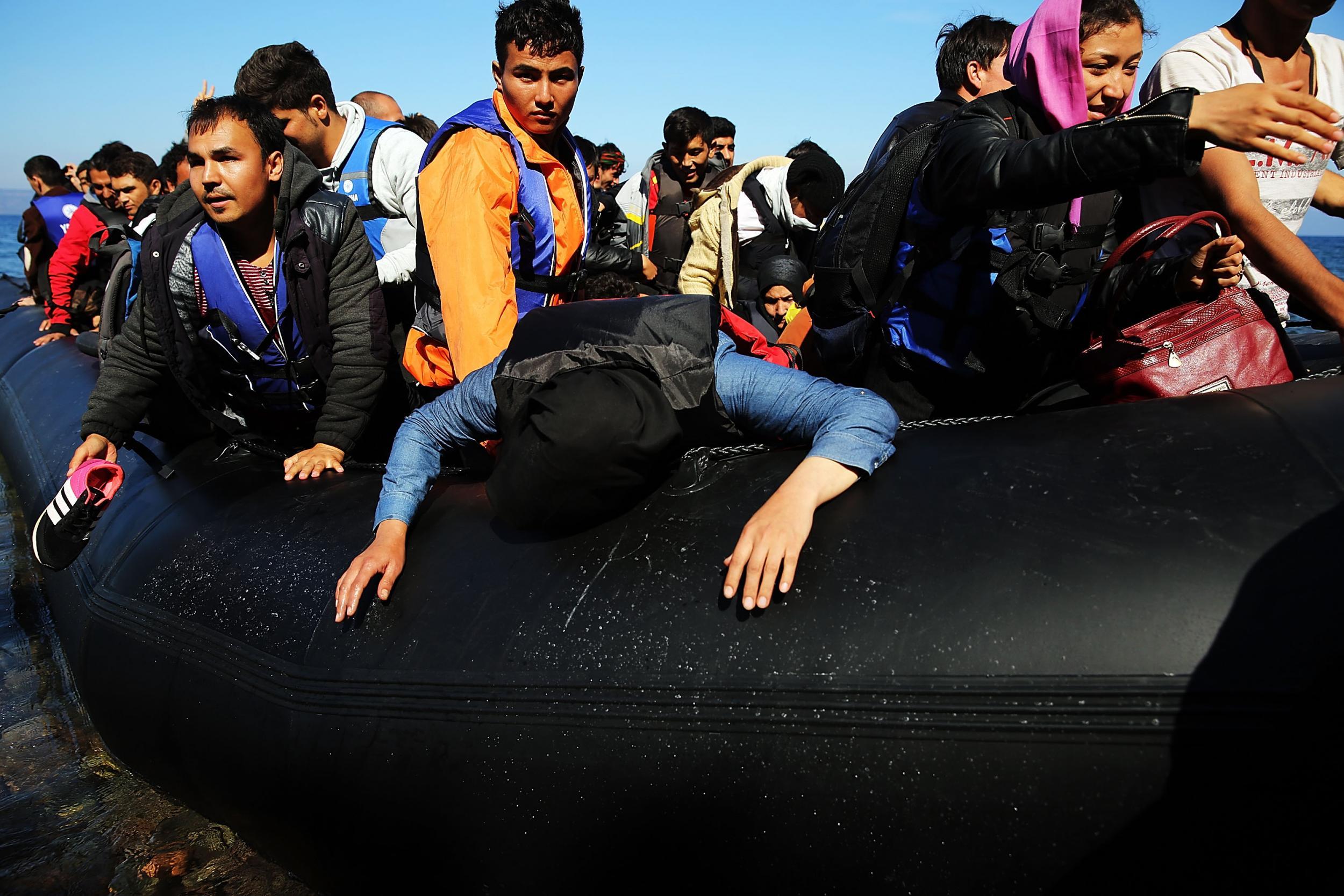
The Government was initially hostile towards accepting Syrian refugees. In the context of the rise of Ukip in the polls, the Conservatives felt it important to look strict on immigration.
From 2014 onwards, ministers took an approach of actively discouraging refugees from coming to the UK. On October 28 2014 Foreign Office minister Baroness Anelay said the Government would not support search and rescue missions in the Mediterranean because saving people from drowning would “create an unintended 'pull factor'”.
Similar arguments were made against accepting any refugees: the Government said giving people save havens could encourage more people to across. On the 6 May Theresa May, at the time Home Secretary, signalled that Britain would not take part in an EU quota system for refugees.
“If we are really going to stop the people putting their lives in danger by crossing the Med, we need to stop them starting their journey in the first place,” she said at the time. Despite this Britain was accepting small numbers of refugees under UN resettlement schemes.
Why did the Government change its policy and accept some refugees?
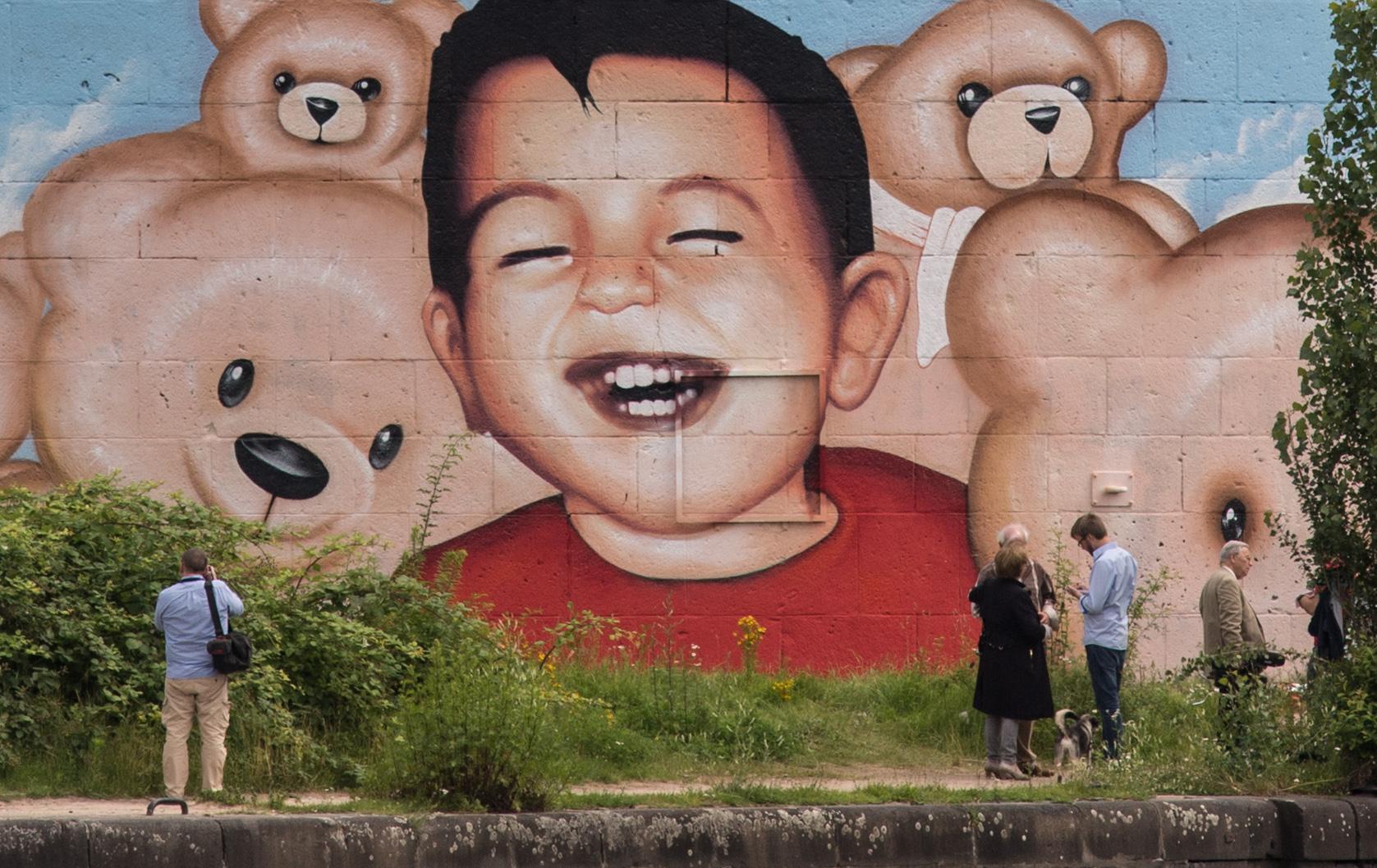
The catalyst for change began following the publication of the image of Alan Kurdi.
Pictures of the child, taken by Turkish journalist Nilüfer Demir, spread around the world. Wall-to-wall coverage of the incident ensued. A poll by YouGov conducted immediately after the picture’s release found just 27 per cent of the public wanting to accept “fewer or no” refugees from Syria.
The Government, increasingly looking like it was on the wrong side of public opinion, changed course quickly. Over the following few days newspapers were briefed that a policy change might be on the way. The Sunday Times on 6 September cited “senior sources” who believed an announcement was imminent.
On Monday 7 September, the Government pulled the trigger on the announcement.
“Given the scale of the crisis and the suffering of the Syrian people, it is right that we should do much more,” David Cameron told the House of Commons.
“In doing so we’ll continue to show the world that this country is one of extraordinary compassion. Because we’re not part of the EU’s borderless Schengen agreement or its relocation agreement, Britain is able to decide its own approach.”
More recent opinion polls have found UK public opinion hardening when it comes to accepting refugees – the initial burst of enthusiasm after the Alan Kurdi picture did not last long. But the Government had already made the commitment.
How many refugees have come so far?
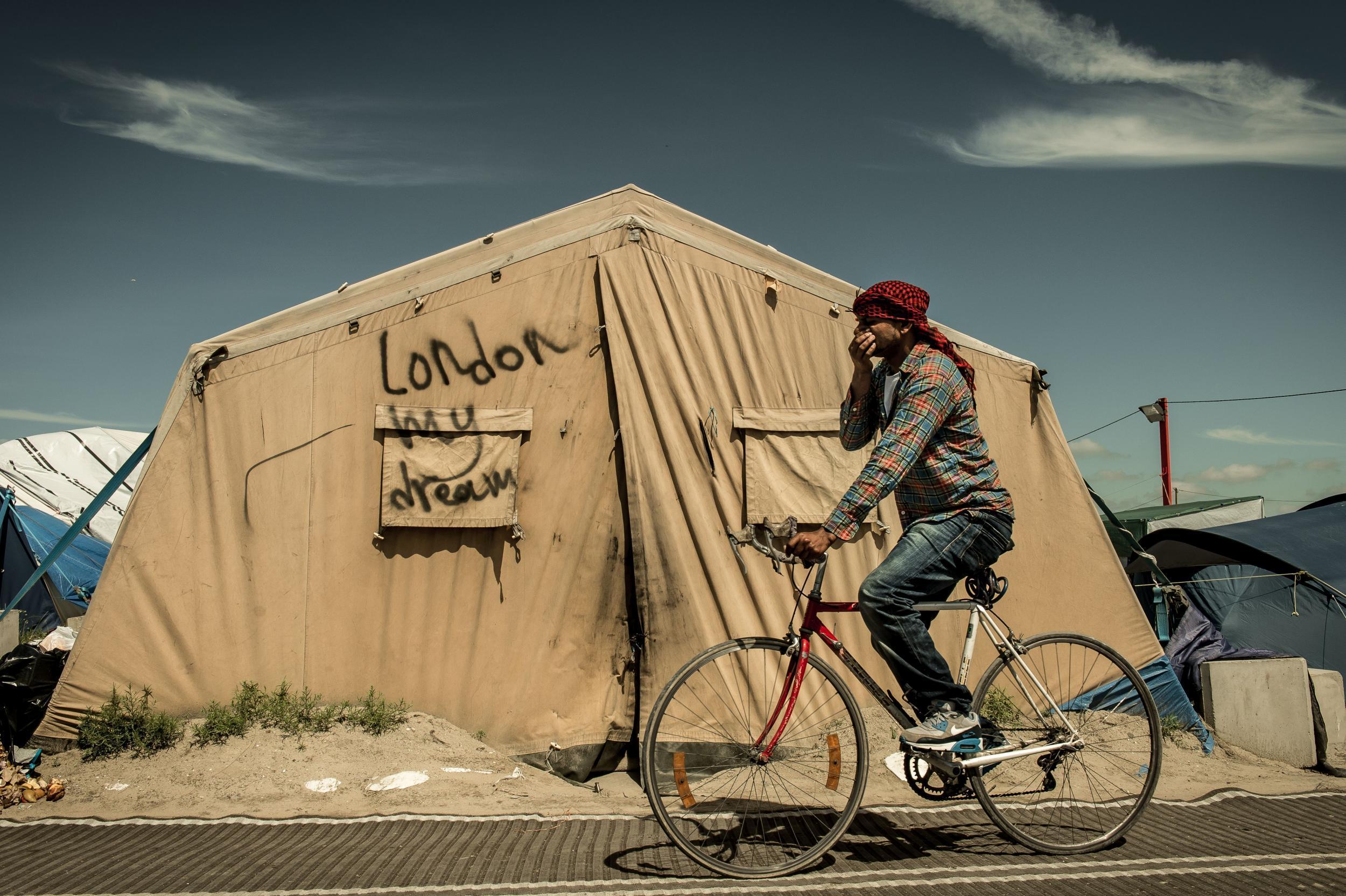
A year on from making the 20,000 pledge, the Home Office told The Independent it had given refuge to around 2,800 people – far fewer than the 4,000 a year needed to meet the commitment.
A breakdown of the statistics released by the Government in March shows there was indeed an uptick in refugees accepted after David Cameron made his announcement.
In the fourth quarter of 2015 the UK accepted 1,085 – around the number required per quarter to hit the target. However, this rate of resettlement fell away quickly: in the first quarter of 2016 just 517 came to the UK.
Before Mr Cameron’s announcement an average of about 30 Syrian refugees per quarter were being taken in under the scheme – meaning there was a genuine increase.
The Government hasn't said how many unaccompanied child refugees it has taken under its separate commitment, and has refused to disclose the number under Freedom of Information legislation. On Thursday the Information Commissioner however ordered the Government to disclose the figures – it should do so in due course.
Will the Government meet its 20,000 target?
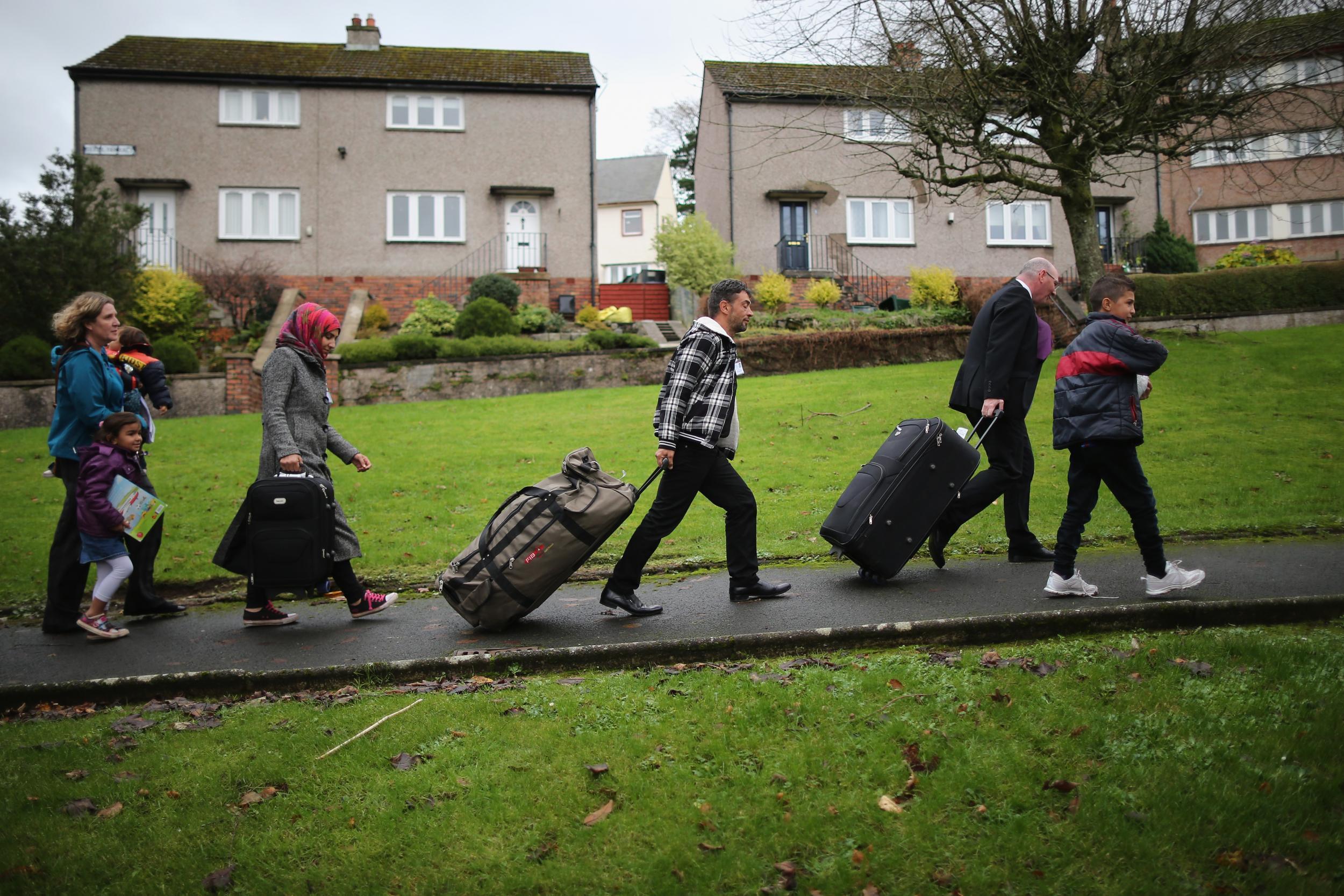
A Home Affairs Select Committee report released in July 2016 warned that the Government was in danger of missing both its targets to resettle 20,000 Syrian and also additional unaccompanied children.
“We remain concerned about the Government’s ability to increase capacity sufficiently to meet its commitment to resettle 20,000 Syrian refugees by 2020, and the separate commitment to resettle thousands of unaccompanied children, which the Government has rightly made,” the report said.
The 2,800 refugees accepted so far falls short of the 4,000-a-year required to meet the target. This means the rate will have to increase in later years.
There are mixed signs about the Government’s continuing commitment. On 14 September 2015, a week after it announced the 20,000 commitment, the Government appointed Richard Harrington as a dedicated Minister for Refugees. He was in overall charge of delivering the scheme; however, he was removed from his post by Theresa May this summer and not replaced.
After the Home Affairs Select Committee report was written, the Government announced the launch of a community sponsorship scheme for refugee families with the intent of speeding up the resettlement process. Sponsors will provide assistance and housing for refugees.
The Independent understands that refugee charities hope this policy change will help speed up numbers.
The Home Office, which manages the Syrian Vulnerable Persons Resettlement Scheme, has also confirmed it remains committed to the 20,000 by 2020 target.
“The numbers resettled in a particular period will depend on a range of factors including the flow of referrals from UNHCR in the field and the availability of suitable accommodation and care packages in the UK,” a Home Office spokesperson said.
“We will manage the flows based on need and in support of the wellbeing of the people and communities involved.
Join our commenting forum
Join thought-provoking conversations, follow other Independent readers and see their replies
Comments